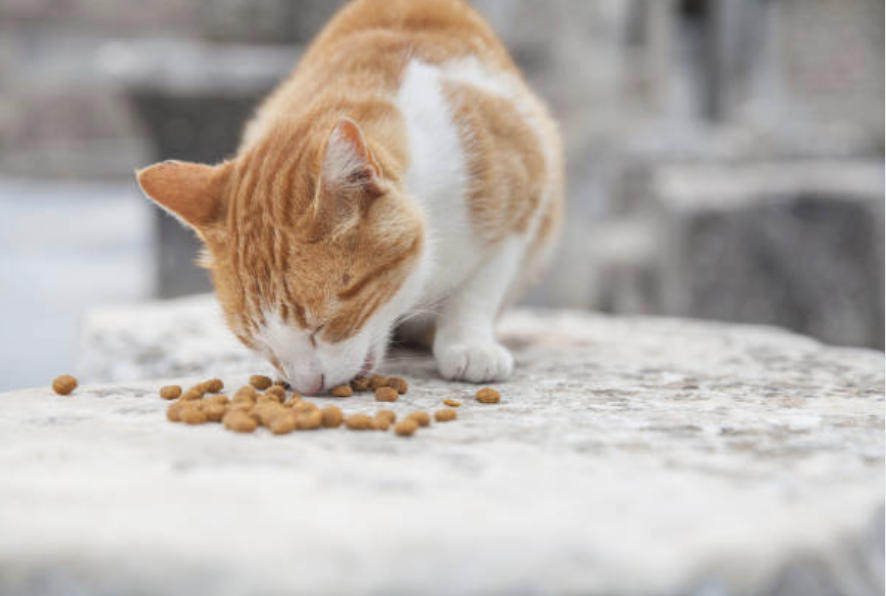Finding the best cat diet for your beloved pet can be a daunting task, but it's essential for their health and happiness. Whether you have a playful kitten or a serene senior, understanding their dietary needs is crucial. This guide will explore the essentials of a feline diet, provide insights into the best food for senior cats, and offer tips on how to put a cat on diet.
Understanding Cat Diet Essentials
To ensure your cat thrives, it's important to comprehend the fundamentals of a cat diet. Cats are obligate carnivores, meaning their primary nutritional requirements come from animal sources. This distinguishes their dietary needs from those of other pets. A balanced feline diet must include proteins, fats, vitamins, and minerals to support their overall health.
Key Components of a Feline Diet
- Protein: This is the most crucial component of a cat diet. High-quality animal proteins from sources like chicken, beef, and fish are essential for muscle development and energy.
- Fats: Fats provide a concentrated source of energy and are vital for a healthy coat and skin. Omega-3 and Omega-6 fatty acids are particularly beneficial.
- Vitamins and Minerals: Essential for various bodily functions, including bone health and immune system support. Look for foods enriched with taurine, vitamin E, and other nutrients.
- Water: Hydration is often overlooked, but it’s vital. Wet food can help increase your cat's water intake, promoting urinary tract health.
Optimal Nutrition for Senior and Elderly Cats
As cats age, their dietary needs evolve. Selecting the best food for senior cats or the best food for elderly cats involves understanding these changes. Older cats typically require fewer calories but higher levels of certain nutrients to support joint health, cognitive function, and kidney health.
- Protein Quality: Ensure the protein in their diet is easily digestible to maintain muscle mass.
- Lower Calories: Aging cats are less active and may gain weight easily. Opt for food with lower caloric density.
- Added Nutrients: Ingredients like glucosamine and chondroitin support joint health, while antioxidants can help with cognitive function.
Selecting the Best Food for Your Indoor Cat
Indoor cats have different dietary needs compared to their outdoor counterparts. The best cat foods for indoor cats should cater to their unique lifestyle to prevent obesity and promote a healthy, active life.
Recommended Cat Foods for Indoor Cats
- High-Protein, Low-Carb Diets: These help maintain lean muscle mass and support overall health.
- Weight Control Formulas: These are specially designed to prevent weight gain in less active indoor cats.
- Hairball Control: Foods with added fiber can help manage hairballs, a common issue for indoor cats.
Tips for Putting Your Cat on a Healthy Diet
Knowing how to put a cat on diet is crucial for managing their weight and health. If you’re wondering how to put my cat on a diet, follow these steps:
- Consult Your Veterinarian: Before making any changes, get professional advice tailored to your cat’s specific needs.
- Portion Control: Measure their food accurately to avoid overfeeding.
- Feed Quality Food: Opt for nutrient-dense food that keeps them fuller for longer.
- Regular Exercise: Encourage play and activity to keep them fit.
- Gradual Changes: Introduce new foods slowly to prevent digestive issues.
Choosing the right cat diet is integral to your pet’s well-being. From understanding the basics of a feline diet to selecting the best food for senior cats or indoor cats, these guidelines can help you make informed decisions. Remember, every cat is unique, and their dietary needs can vary. Regular consultations with your veterinarian will ensure that your furry friend stays healthy and happy throughout their life.
By focusing on the optimal cat diet and implementing these tips on how to put a cat on diet, you can provide your feline friend with the nutrition they need to thrive. Explore our range of high-quality cat foods tailored to meet the diverse needs of your pet, from kittens to seniors, and support their health and happiness every day.
Guarantees the best space for your cat
Putting a cat on a diet can be a challenge if you have several cats in the house. Here are some tips to make this process smoother: Try to have separate feeding schedules for each cat to prevent the cat on a diet from eating other cats' food. Use a scale or measuring cup for controlled portions and create separate feeding stations in different parts of the house. Also make sure your cats get enough playtime and exercise. It is also important to keep the litter box clean and odour-free. To do this, use Sanicat 100% plant-based clumping litter, an environmentally friendly and biodegradable option that naturally neutralises odours and is gentle on your cat's paws.
With these tips, you can successfully manage a multi-cat diet and optimise your cats' health

